
More About Arches, and More
Many of you know about my obsession with natural arches. I have a few new things to report about arches, as well as a few other things. And, of course, I’ll bring the discussion back to Red River Gorge, so please keep reading. Or you can skip to the end.
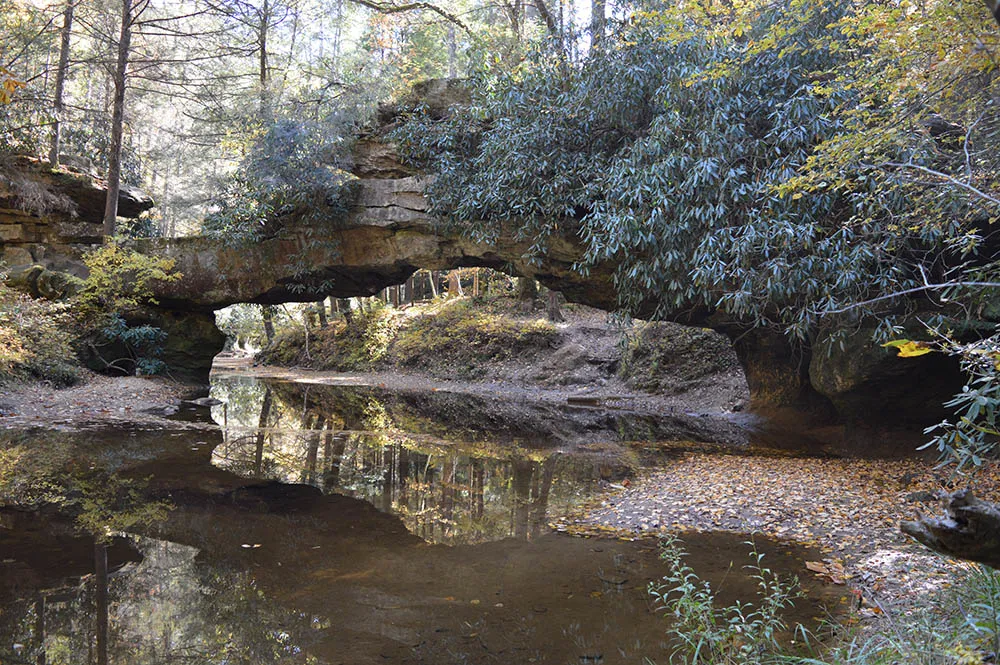
The Death of an Arch, Two Arizona Arches, EDGE, and Grand View Camp
The recent collapse of Double Arch in the Glen Canyon National Recreation Area prompted me to write about what the rapid loss of arches in Utah might tell us about how long the arches have been there. I didn’t mean for that brief article to be the final word on the subject, though apparently, some people took it that way. While it is clear how arches cease to exist, there is much uncertainty about how arches form. We have some numerical information on the rate at which arches in Utah’s Arches National Park are collapsing, but we have no data on the formation rate of arches. A good model of arch lifetimes must include both processes. Since we have never observed the formation of an arch, in my initial analysis, I assumed that the current formation rate is zero. If any information on the formation of arches is forthcoming, then that would allow for a revision of my simple first approach to the question of how long arches have been around. But right now, it appears that arches aren’t forming at a significant rate today and thus have not been around for very long.
In October of last year, I happened to be in Flagstaff, Arizona, for a couple of days. While there, I hiked every trail of Old Caves Crater. Old Caves Crater is a cinder cone volcano not far off US Highway 89 on the way to Sunset Crater north of Flagstaff. The name “Old Caves” refers to several cave-like openings in the basalt near the summit of the cinder cone. These openings are either fumaroles or collapsed lava tubes. I noticed that two of the “caves” were connected, producing an arch with a span of more than 10 feet. The connection between the two openings is less than three feet high, but it is more than three feet wide, so this qualifies as an arch.
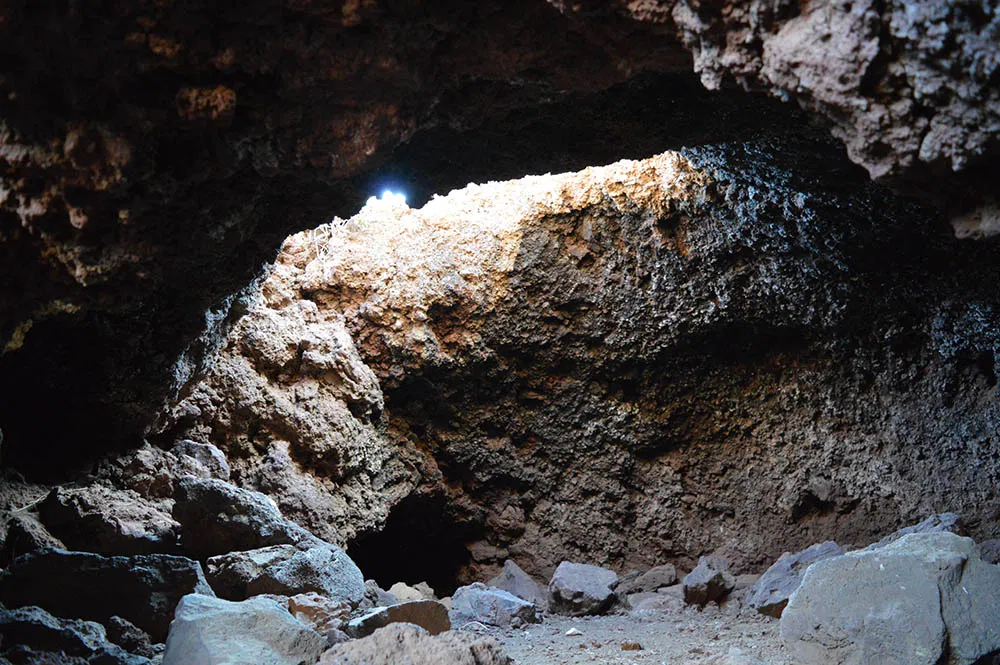
I had never heard of natural arches made of basalt, so I wasn’t sure if others would recognize this as an arch. But shortly after I returned home last October, I received the latest issue of Span, the publication of the Natural Arch and Bridge Society (of which I’m a member). This issue contained an article about society members who had identified arches in basalt in Hawaii, so I guess Old Caves Arch (my proposed name for this arch) qualifies as an arch. I don’t yet know if anyone else has noted the existence of this arch. I must confess that I have mixed feelings about this arch. Utah has more arches than any other state, and for many years, Arizona was number two. However, a few years ago, Kentucky surpassed Arizona as the state with the second-greatest number of arches. I’m loyal to Kentucky arches, so I’m not sure that I want to help Arizona out. Look out, Utah, we’re aiming for you!
More than five years ago, Eric Glover (who works in housekeeping at the Creation Museum) and I began a partnership looking for the known arches in Red River Gorge (there probably are more than a thousand). We’ve even discovered a few previously unknown arches along the way. Shortly after we began this hobby, I purchased a GPS device for measuring the locations of the arches we visit. On my visit to Old Caves Crater last year, I didn’t have my GPS device with me, but over a very long Labor Day weekend this year, I was once again in Arizona, so I took my GPS device with me. On the evening of Labor Day, I had a star party for EDGE (Exploring and Discovering God’s Earth). EDGE is a ministry of Calvary Baptist Church of Flagstaff. We held the event at the house of Adam Huff, who runs EDGE. Adam used to work for Answers in Genesis before he moved his family to Flagstaff to work for Canyon Ministries, the organization that provides the Grand Canyon raft trips that I take each year. I told Adam that, considering the star party I conducted for EDGE, he ought to change the name to EDGES to include the sky. Since I was staying in Flagstaff within walking distance of Old Caves Crater, the next day, I took a couple of hours to revisit Old Caves Arch to measure its position.
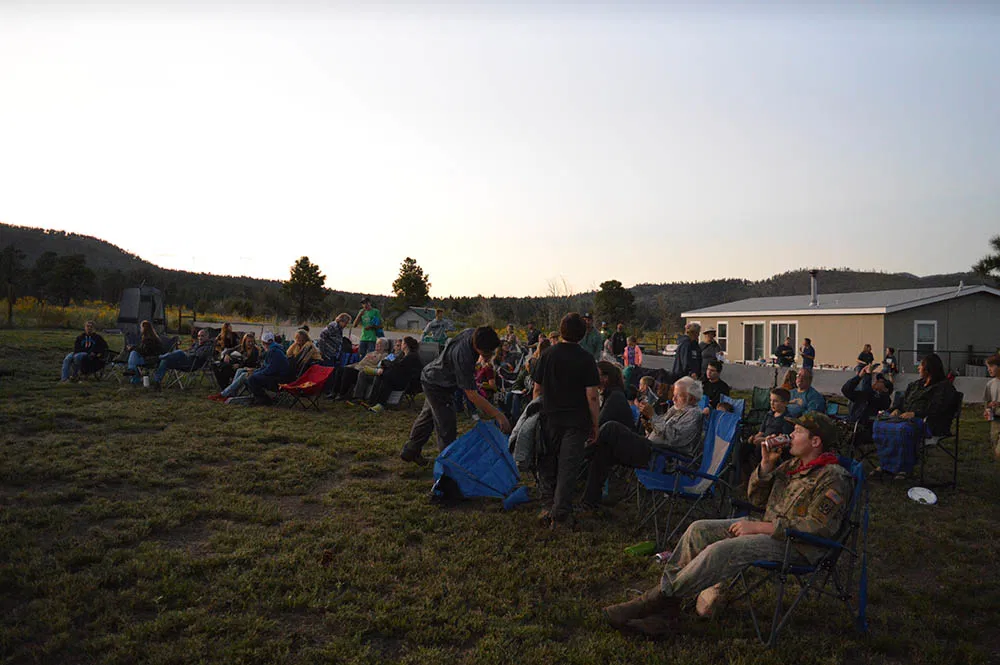
EDGE Star Party
But Old Caves Arch is not the only Arch I visited on this trip. At the beginning of the trip, I spent a couple of days with Michael and Michelle Calcagno. The Calcagnos live in Heber, between Payson and Show Low. Michael is the president of the Arizona Origin Science Association (AZOSA), but he also oversees the Payson and Show Low chapters of AZOSA. I spoke at both chapter meetings, as well as one chapter in Chandler. The day I arrived at Payson, the three of us visited Tonto Natural Bridge State Park. This arch formed very differently from the other arches I’ve seen. Arches generally form from erosion of material from a rock, but Tonto Natural Bridge formed from calcium carbonate precipitating out of water that flowed from a spring and over the edge of a canyon. The travertine eventually filled the top of the canyon, forming the arch. The little stream still flows, so this arch probably is still growing. I visited Tonto Natural Bridge 25 years ago. The photographs I took then were on 35-mm film, so it was good to revisit this arch to take digital photographs, as well as measure its position. I record the arches I’ve seen in an Excel file. I’ve now seen nearly 400 arches, with all but 54 in Red River Gorge.
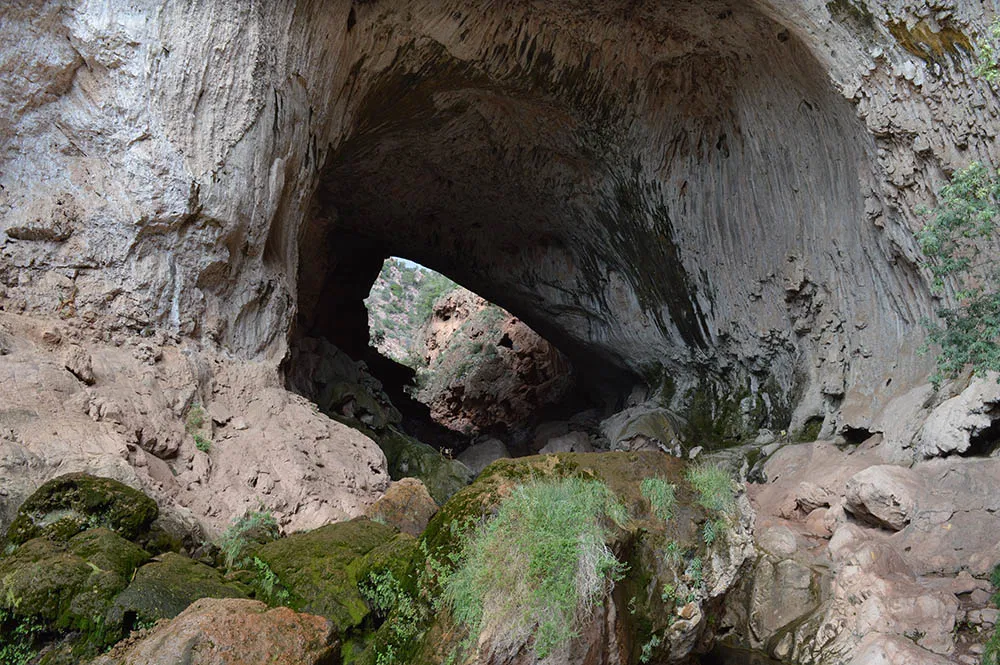
Tonto Natural Bridge
I spent Labor Day weekend at Grand View Camp. I’ve done the family camp at Grand View Camp over Labor Day weekend at least six times now. I speak about astronomical topics, but we try to do some night observing as well. For that, I bring my green laser, my 8 x 56 mm binoculars, and Johnson Observatory’s Questar telescope to show people the night sky. We had many clouds, but the sky was clear on the final night of the camp. I took this half-hour photograph of star trails while at the camp. The camp sometimes has a second speaker for the family camp. This year it was Brad Zockoll, who does “The Heaven Tour.” Not only does Brad travel and speak about heaven, but he also has a large social media presence where he answers people’s questions about heaven. It wasn’t until after the two of us were scheduled for the family camp that the camp staff realized that one speaker focused on the second heaven and the other speaker focused on the third heaven.
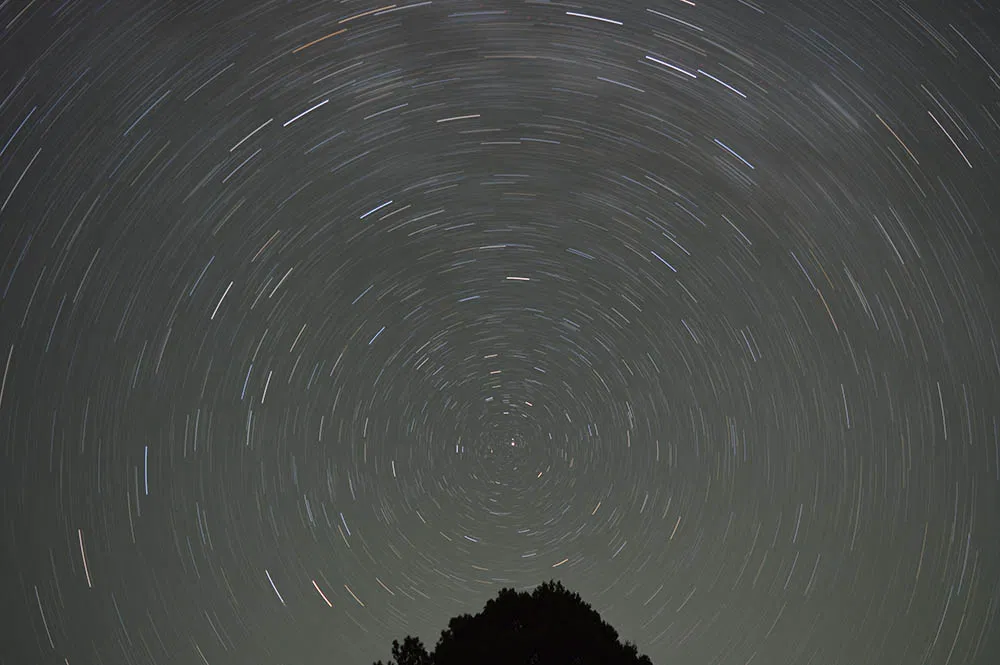
Star Trails at Grand View Camp
Back to Red River
Two years ago, I was the guide for Peter Schriemer and an AV crew to record an episode of Hike & Seek in Red River Gorge. It takes a long time to edit these shows, so this episode only recently went up on Answers TV. If you have a subscription to Answers TV, you can watch it now—it’s season 3, episode 4. Peter and the AV crew have tight schedules, so it is difficult to coordinate a time to record a show. We didn’t plan it this way, but we happened to record in the gorge in leaf season, in mid-October. When I recently watched this episode, I was stunned at how vibrant the colors were in the gorge. It was (ahem) gorgeous! You ought to check it out.
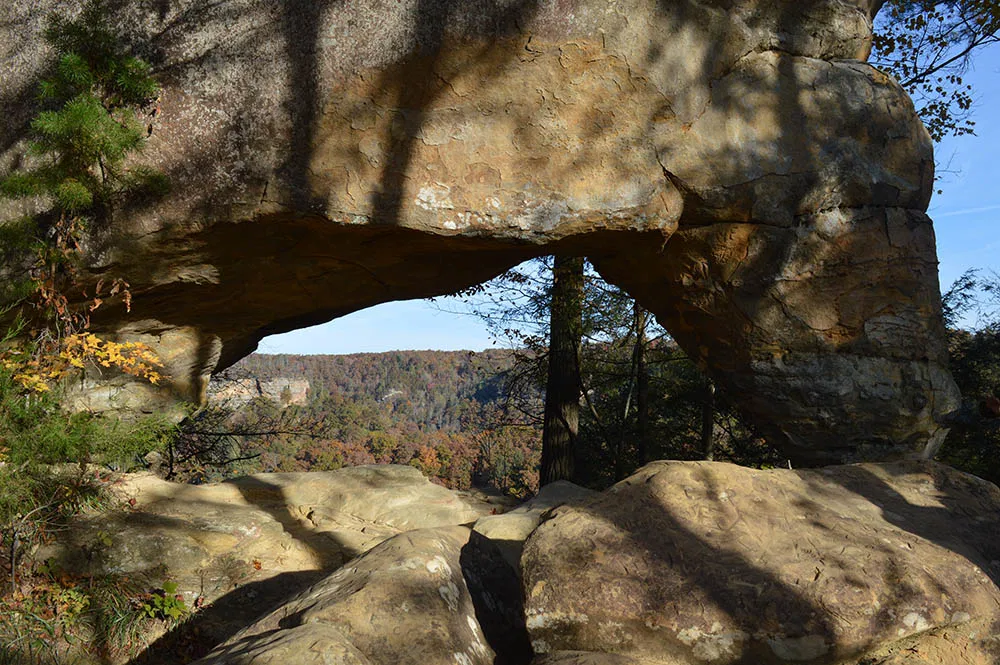
Or, even better, check out Red River Gorge in person during leaf season next month! Our next Explore Arches hike is scheduled for Tuesday, October 22. In addition to the arches, cliffs, and waterfall we will see, we will have the bonus of stunning autumn colors. As usual, each hiker will get a bottle of Cheerwine to drink with their lunch. Why don’t you join us? You can sign up here.

Answers in Genesis is an apologetics ministry, dedicated to helping Christians defend their faith and proclaim the good news of Jesus Christ.
- Customer Service 800.778.3390
- Available Monday–Friday | 9 AM–5 PM ET
- © 2026 Answers in Genesis
